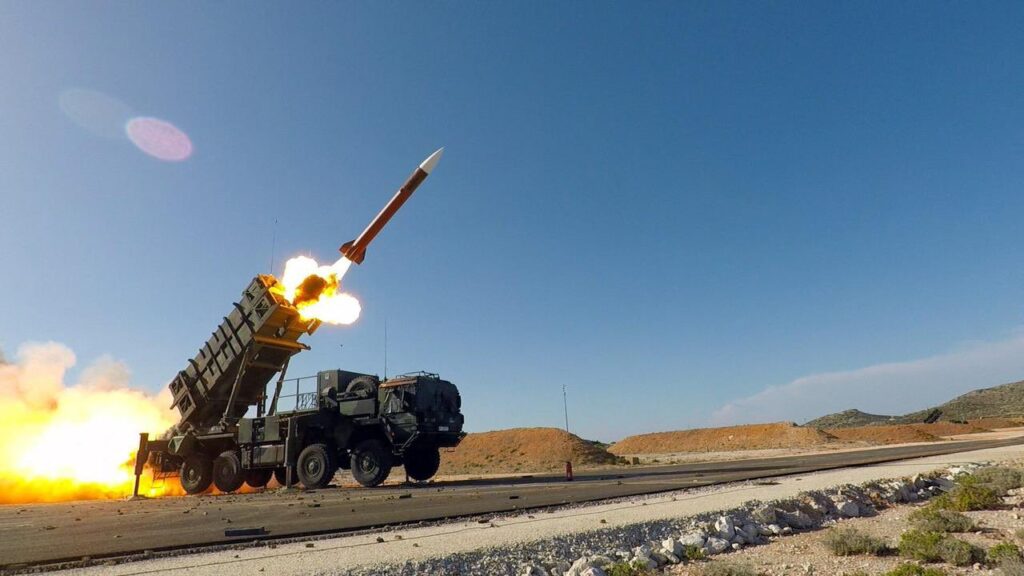Patriot systems not designed for interception of Russian intermediate-range missiles, but Ukraine may try, expert says
Despite not being designed for this task, Ukrainian experts suggest the Patriot missile system could attempt to intercept Russian medium-range missiles to protect Ukrainian territory.


American-produced Patriot missile systems are not designed to destroy Russian intermediate-range ballistic missiles, but Ukraine might try to intercept them, notes Oleh Katkov, the editor-in-chief of the military-analytical portal Defence Express, OBOZ.UA reports.
“The specifications of a Patriot missile system in the PAC-3 version do not mention the ability to intercept intermediate- and intercontinental-range missiles.
However, a Patriot has already intercepted missiles that it should not have, such as the ‘Kinzhal’ missiles and hypersonic ‘Zircons,'” said Katkov.
The expert explained that intermediate-range missiles can be launched from 1,000 to 5,500 kilometers. However, he emphasized that range is not the most crucial factor.
“The key issue is that the weapon used by Russia in Dnipro was intended for a nuclear strike and was equipped with a reentry warhead with individual guidance blocks,” he explained.
Systems like THAAD, Arleigh Burke-class missile destroyers, and Aegis Ashore land-based systems equipped with SM-6 and SM-3 missiles can intercept intermediate-range missiles.
Katkov believes an SM-3 system would be the most effective, as it destroys such missiles in space before a warhead separates into multiple parts.
A THAAD system is also effective as it operates on the boundary of the atmosphere and the exoatmosphere and destroys not one target but multiple targets after a warhead is separated.
“If we look at a video showing the attack on Dnipro, we can see six such ‘bunches.’ There are two theories about what they could be. Each ‘bunch’ is either a warhead, and then there were 36 targets or six targets and five decoys.
To intercept such a missile after the warheads have separated, you would need to launch either 36 THAAD missiles, and in practice, twice as many, which is an unrealistic scenario—or try SM-3 and intercept the missile before the warheads separate,” he added.
Earlier, Major General Vadym Skibitsky, Deputy Head of the Ukrainian intelligence agency, warned that Russia likely has up to ten such missiles and will likely conduct new test launches of all of them in the future.
Related:
- Moscow’s first ICBM attack: Russia hits Dnipro with intercontinental ballistic missile injuring two
- CNN: Russia breaks Cold War deterrence doctrine with multiple warhead missile strike on Dnipro
- Two children among eight dead in Russian missile attack on Sumy
- Russia’s deadly missile attack on Zaporizhzhia kills six, injures 23 Ukrainians



